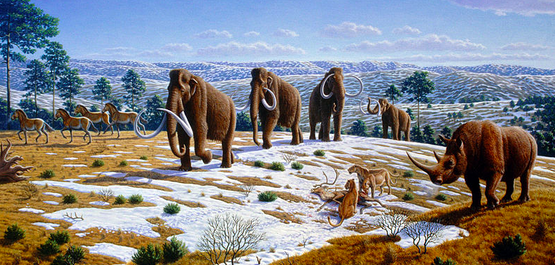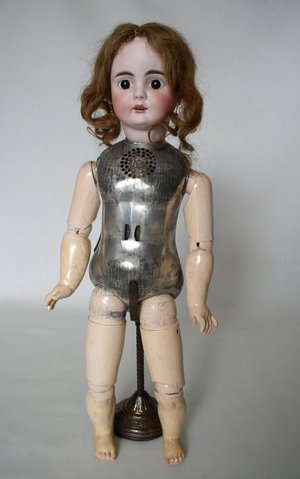Clan of The Cave Lions
We love it when such incredibly unusual and well preserved ancient specimens are uncovered. It’s really the only thing we can think of that’s not terrible about global warming…
Incredibly Preserved Frozen Cave Lions Found In Siberia
“In remote and icy Siberia, bodies of long extinct ancient animals are often found preserved within the thick permafrost, from woolly mammoths to ancient horses. These carcasses have been so well preserved, that some reports suggest that the meat is often fresh enough to eat, and can even contain liquid blood. In another stunning find, The Siberian Times reports the “sensational” discovery of two almost perfectly preserved cave lion cubs.
Thought to be at least 10,000 years old, the lions were found earlier this summer in the Sakha (Yakutia) Republic of Siberia, famed for many other striking discoveries of ice age animals. The creatures lived during the Pleistocene, when the world was gripped by repeated ice ages as glaciers expanded and retracted. All that had been previously found of cave lions in the area were some skulls and fragments of teeth and bones…”
For the rest, click here to go to IFLS.
Share



